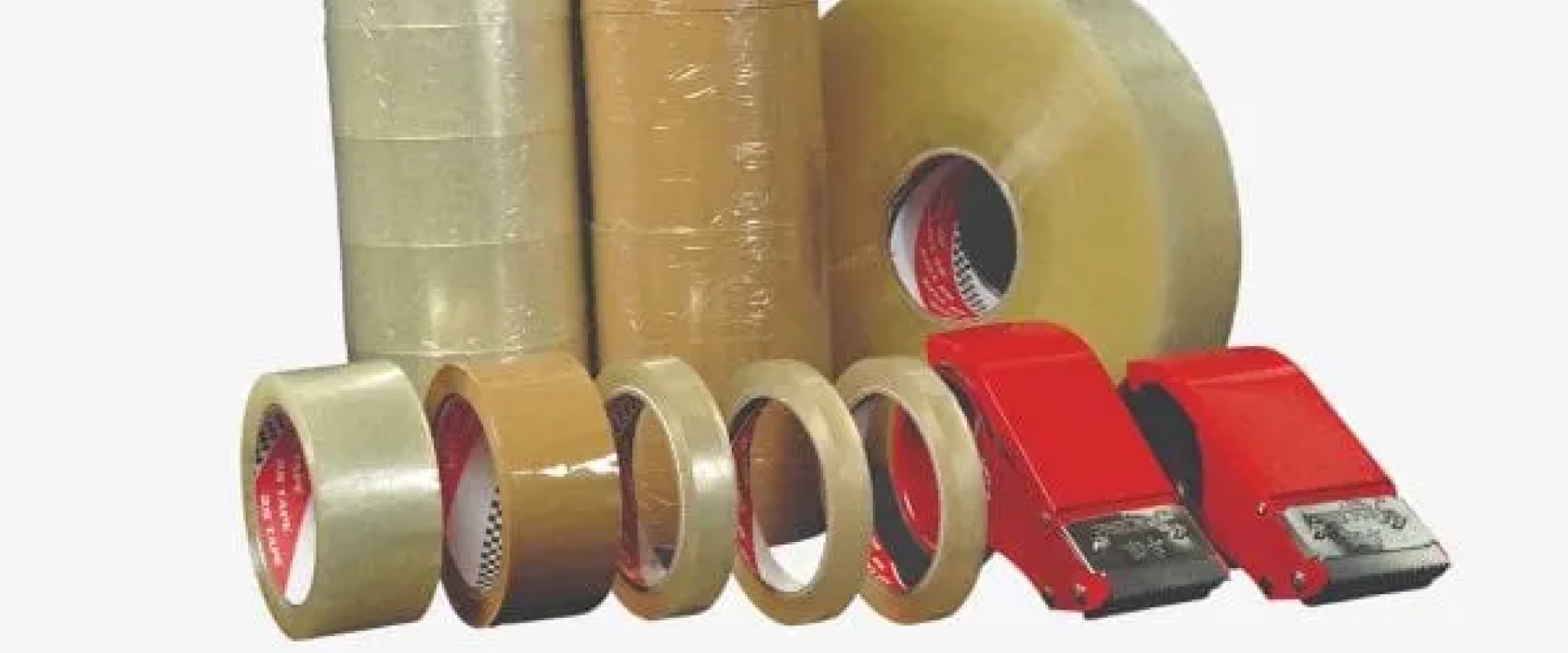Shipping tape is a vital component in the packaging industry, ensuring that boxes and parcels remain securely sealed during transit. Over the years, shipping tape has evolved significantly, incorporating new materials and technologies to meet the ever-changing demands of shipping and logistics. Here’s a look at the fascinating evolution of shipping tape and what the future holds.
Early Beginnings
- Paper and Twine: Before the invention of adhesive tape, packages were often secured with paper and twine. This method provided some level of security but was time-consuming and not entirely effective in preventing tampering or accidental opening.
- The Invention of Adhesive Tape: The first adhesive tape, created in the early 20th century, was medical tape designed by Dr. Horace Day in 1845. However, it wasn’t until Richard Drew, a 3M engineer, invented masking tape in 1925 that the concept of adhesive tape for packaging began to take shape.
Mid-20th Century Developments
- Pressure-Sensitive Tape: The 1930s saw the introduction of pressure-sensitive tape (PST). This tape adhered to surfaces with light pressure and did not require water or heat to activate the adhesive. It marked a significant advancement in packaging, making it easier and faster to secure parcels.
- Scotch Tape: In 1930, Richard Drew developed Scotch Cellophane Tape, which was initially used for sealing cellophane food wrap. It quickly found applications in packaging due to its transparency and strong adhesion.
- Fiberglass Reinforcement: During World War II, the need for stronger packaging solutions led to the development of fiberglass-reinforced tape. This tape provided superior strength and durability, making it ideal for heavy-duty applications.
Modern Innovations
- Polypropylene Tape: In the 1970s, polypropylene tape became popular due to its strength, flexibility, and cost-effectiveness. Polypropylene’s resistance to tearing and moisture made it an ideal material for shipping tape.
- Acrylic and Hot Melt Adhesives: The late 20th century saw the introduction of acrylic and hot melt adhesives. Acrylic adhesives offered excellent UV resistance and durability, while hot melt adhesives provided a strong, quick bond, making them suitable for a wide range of packaging applications.
- Tamper-Evident Tape: To address security concerns, tamper-evident tape was developed. This tape features patterns or messages that appear if the tape is removed, providing an added layer of security for valuable or sensitive shipments.
The Future of Shipping Tape
- Eco-Friendly Solutions: As sustainability becomes a priority, the packaging industry is moving towards eco-friendly tape solutions. Biodegradable and recyclable tapes made from renewable resources are gaining popularity. These tapes provide the same level of performance while reducing environmental impact.
- Smart Tape: The integration of technology into packaging tape is an exciting development. Smart tapes embedded with RFID tags or QR codes can provide real-time tracking and authentication, enhancing supply chain transparency and security.
- Enhanced Performance Materials: Research and development continue to produce new materials that offer improved performance. Future tapes may feature even greater strength, flexibility, and resistance to various environmental factors, ensuring that packages remain secure under all conditions.
Conclusion
The evolution of shipping tape from simple twine and paper to advanced, smart, and eco-friendly solutions highlights the industry’s commitment to improving efficiency, security, and sustainability. As technology and materials continue to advance, the future of shipping tape looks promising, offering innovative solutions for all packaging needs.
For a wide selection of high-quality, innovative shipping tape that meets your needs, visit NTXSupply.com. NTX Supply offers the latest in tape technology, ensuring your packages are securely sealed and protected. Explore their range today and find the future of tape for your business.

